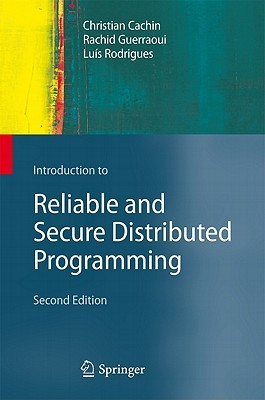Bazel and Rust: A Perfect Match for Scalable Development
Bazel never fails to impress, and its support for Rust demonstrates its versatility and commitment to modern development. Two distinct dependency management modes—Cargo—based and pure Bazel—allow developers to tailor workflows to their projects' needs. This adaptability is particularly valuable for integrating Rust applications into monorepos or scaling complex systems.
I decided to explore how Bazel supports Rust, including managing dependencies, migrating from Cargo.toml to BUILD.bazel, and streamlining integration testing.
Harnessing Cargo-Based Dependency Management
Bazel’s ability to integrate with Cargo, Rust’s native package manager, is a standout feature. This approach preserves compatibility with the Rust ecosystem while allowing projects to benefit from Bazel’s powerful build features. By using rules_rust, a Bazel module can seamlessly import dependencies defined in Cargo.toml and Cargo.lock into its build graph.




